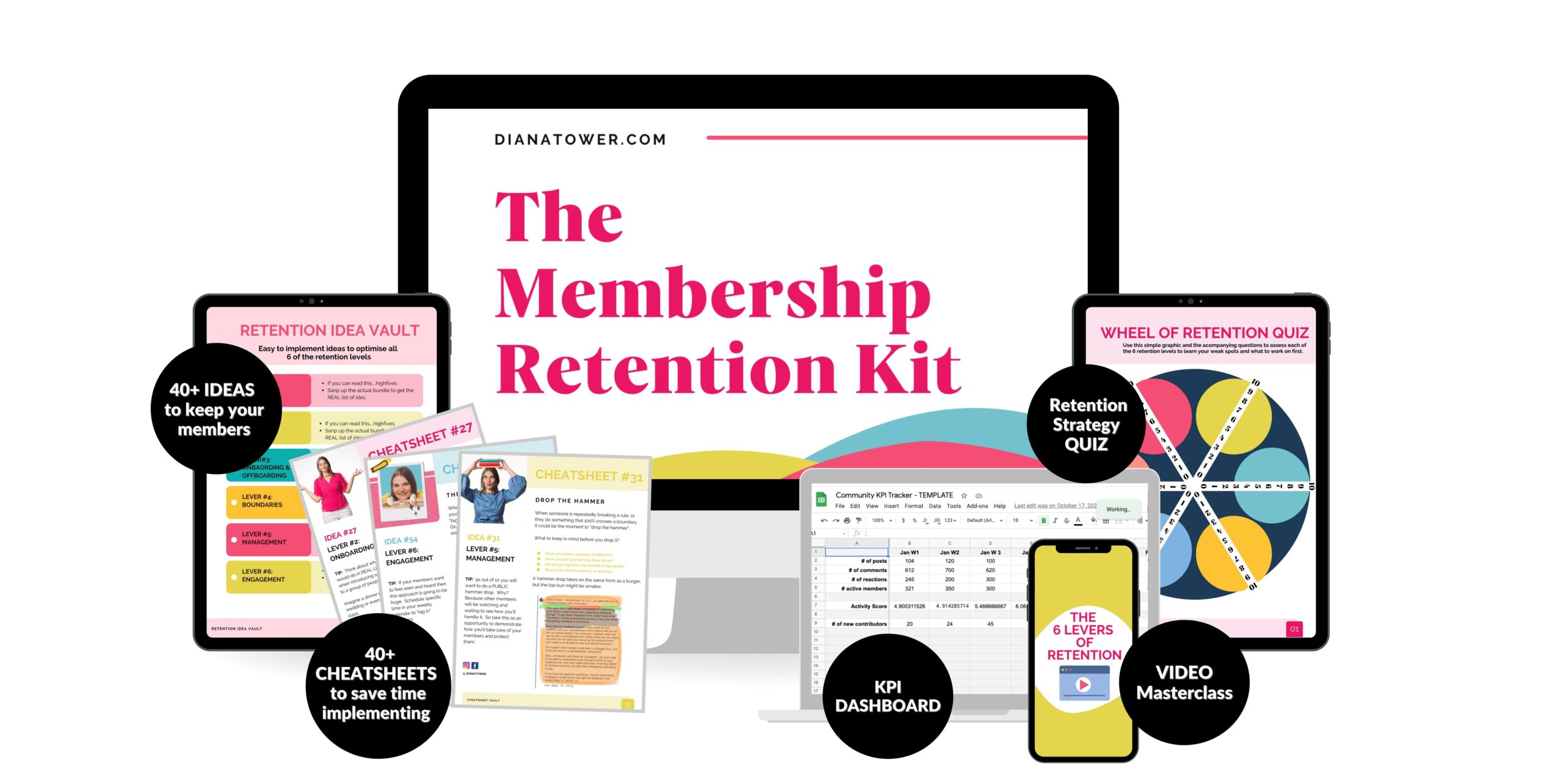Chapter 13 —
How to KNOW if What You’re Doing is Actually Making an Impact.
Fuck me this is the bane of my existence right here folks. I mean, any community manager will tell you that the #1 issue they have is trying to demonstrate their value or worth to their employer.
You see, the issue with community is that it isn’t as easy to measure as sales figures, subscribers, etc. We’re talking about behaviours, humans, emotions and all that jazz.
So how the fuck do you know if what you’re doing is even working?
What I’ve learnt to do is lean into the frustration and focus on what we CAN measure. Lucky for you, there are a lot of different ways to gather data on communities now. Let’s take a lookie-loo at a couple.
Facebook analytics (free)
Like I touched on earlier, Facebook is catching on to the power of Facebook Groups and is making it a hell of a lot easier for admins and community managers to know what the frig is going on in there.
They’ve added the ability to schedule posts in advanced; though at this time they have NOT made it possible to post the same post every Tuesday.
Come on dudes…I want a little checkbox that says “repeat weekly”. Make my Christmas wish come true santa baby!
PS: I know you’re real!
They’ve also added analytics as well, which shows you a good number of things about what your people are doing and how they are doing it. The only shit sandwich that I smell here is that the data is only a months worth.
Yuuup. That’s right folks. 30 days. WTF? How are you supposed to see longer term patterns of your group if…well…there’s no long term data.
This is why I still used good old Grytics for all my community data needs.
Grytics (Free and paid)
Gyrtics.com is the best Facebook group analytics tool that I’ve personally used and it makes many of my tasks a whole hell of a lot easier.
For example: I like to create a weekly round-up post and pin it to the top of the Accelerator community each Friday. This allows our students to avoid the scrolling pit of doom and simply enjoy a buffet of hyperlinks to posts they might find interesting. If not…simply back to work. Time and sanity saved! YAY!
The problem is that for me to do this I used to have to sacrifice my own time and sanity scrolling to find the posts, but thanks to Grytics it now takes me around 5 minutes to create the post.
Simply go into Grytics and click on the “Posts and Comments” list. Then organize the list by “date created”. Then simply review the posts and grab links to the posts that will be the most interesting and useful for your group.
Before Grytics, it used to take me at least 30 minutes to do this because I had to scroll through the community. These posts get scattered in the news feed pretty quickly (depending on what members are commenting on) so this makes everyone happy.
Is Grytics perfect?
Nope. But it’s pretty darn close. The only thing that I’ve come across so far is that I wish that all the excel sheets that are generated would include a hyperlink to the student’s FB account. This makes it much easier to reach out to students.
Why do you NEED this data?
You need data so that you can see what affect your actions have on your community. This is where you can see what is and isn’t working and adjust your actions accordingly. The last thing you want to do is start doing lots of different things and not actually know which is making an impact.
For example. Imagine you start doing a weekly round up post, adding in a Facebook Live Q&A weekly and start posting encouragement in the comments regularly. Those are 3 different things that could or could not be making an impact.
Imagine you look at your data and you see a massive jump in engagement since starting these 3 tactics. Great right? Sort of.
How do you know which of these actions is actually making a difference?
What if the Facebook live is the true reason why people are engaging but they don’t really care if you comment on their posts or create that weekly roundup post? Essentially you could stop doing those two other tasks and STILL have higher engagement.
That’s why we track everything, and assign metrics to each tactics so we can assess each tactic individually. If it’s working great. If it isn’t cut it!
There are some other cool things that you can do with Grytics that are worth mentioning.
#1 Learn the best time to post your weekly themed posts.
With Grytics you can see when your students are most active in the Facebook community. Why is this important? This is when you should be posting anything that you want to get a lot of eyeballs on. Like that weekly roundup post. If the majority of people pop into Facebook at 7pm on a Friday. It wouldn’t make sense to post earlier in the day or later in the evening.
#2 Do personal outreach to ‘lurkers” to check in and see how they’re doing.
Everyone wants to feel important, and there is nothing like getting a personal message from YOU to make that happen. Reaching out to people that haven't posted, commented or engaged in the community can be a great way to tip them over the edge to get involved.
#3 Create a “top” board to trigger the competitive side of your members
Maybe your members are competitive and want to be special. In Grytics you can actually create a members leader board that shows the most engaged members. You could post this monthly on a special thread to see who is in the lead…and who is new on the leaderboard.
#4 Beware the time sucking black hole of vanity metrics and “fun” data.
While Grytics is awesome and provides you with so much information on your users, don’t get sucked into the black hole of vanity metrics. You’ll see lots of different numbers, and figures in Grytics and it might look fancy to have all these graphs and charts but you really need to put your blinders on and focus on what matters to you and your team.
Keep Reading...




